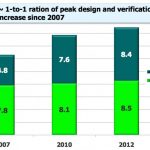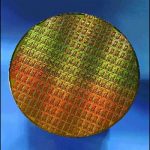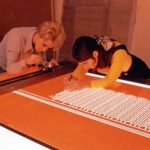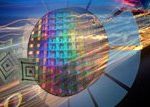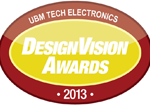Standard cell library characterization has been around for decades, Synopsys has been offering Liberty NCXand Cadence has Virtuoso Foundation IP Characterization. What’s new is that Mentor Graphics acquired the Z Circuit technology for library characterization and has integrated it with the Eldo Classic circuit … Read More
Verification the Mentor Way
During DVCon I met with Steve Bailey to get an update on Mentor’s verification. They were also announcing some new capabilities. I also attended Wally Rhines keynote (primarily about verification of course, since this was DVCon; I blogged about that here) and the Mentor lunch (it was pretty much Mentor all day for me) on the… Read More
Wally Rhines: Name That Graph!
Wally Rhines gave the keynote at DVCon yesterday. He started out with a game of “name that graph” which was unfortunately a bit spoiled since when the names were revealed the first line was off the top of the screen. But he extrapolated several trends such as the decreasing number of fabs (the current trend is that there… Read More
How Can You Work Better with Your Foundry?
The fabless revolution in the digital semiconductor industry is no more, with just a few integrated device manufacturers (IDMs) remaining on the playing field, it is now the normal way to do business. However, the learning curve for each new process node continues as it always has, with a host of new technical challenges for the … Read More
SPICE Circuit Simulation at STMicroelectronics
At the 2010 DACI moderated a panel session on SPICE and Fast SPICE circuit simulation, and one of the panelists was PierLuigi Dagliofrom STMicroelectronics. To get an update on SPICE circuit simulation at ST I read a PDF document at Mentor titled: Improving the Quality of SPICE Simulation Results with Eldo Premier at ST.
ST does … Read More
SHIELDing the Android GPU developer in C
Repeat after me: SoCs are paperweights if they can’t be programmed. Succeeding with a new part today means supporting a robust developer program to attract and engage as many creatives as possible. NVIDIA has teamed up with Mentor Graphics in just such an adventure. If you read just the press release, you may have missed the real … Read More
Mentor Shines at DVCon
Mentor Graphics will be all over DVCon next week (February 25-28) at the DoubleTree hotel in San Jose.
In addition to attending all the panels, tutorials, posters, and the keynote, you can visit Mentor in booth 901 on the exhibit floor.
Here’s the lineup of Mentor-related events:… Read More
Magic? No! It’s Computational Lithography
The industry plans to use 193nm light at the 20nm, 14nm, and 10nm nodes. Amazing, no? There is no magic wand; scientists have been hard at work developing computational lithography techniques that can pull one more rabbit out of the optical lithography hat.
Tortured metaphors aside, the goal for the post-tapeout flow is the same… Read More
Notes from Common Platform: Collaborate or Die
FinFETs are hot, carbon nanotubes are cool, and collaboration is the key to continued semiconductor scaling. These were the main messages at the 2013 Common Platform Technology Forum in Santa Clara.
The collaboration message ran through most presenations, like the afternoon talk by Subi Kengeri of GLOBALFOUNDRIES and Joe Sawicki… Read More
Mentor Snags Two Awards at DesignCon
Oh, awards season! The glitz! The glamour! The most important and innovative new design products!
That last part is a key feature of the annual DesignVision awards and the Best in Test awards presented at DesignCon 2013. Mentor Graphics’ test products scored two wins: a DesignVision award for their new Tessent IJTAG product, and… Read More



